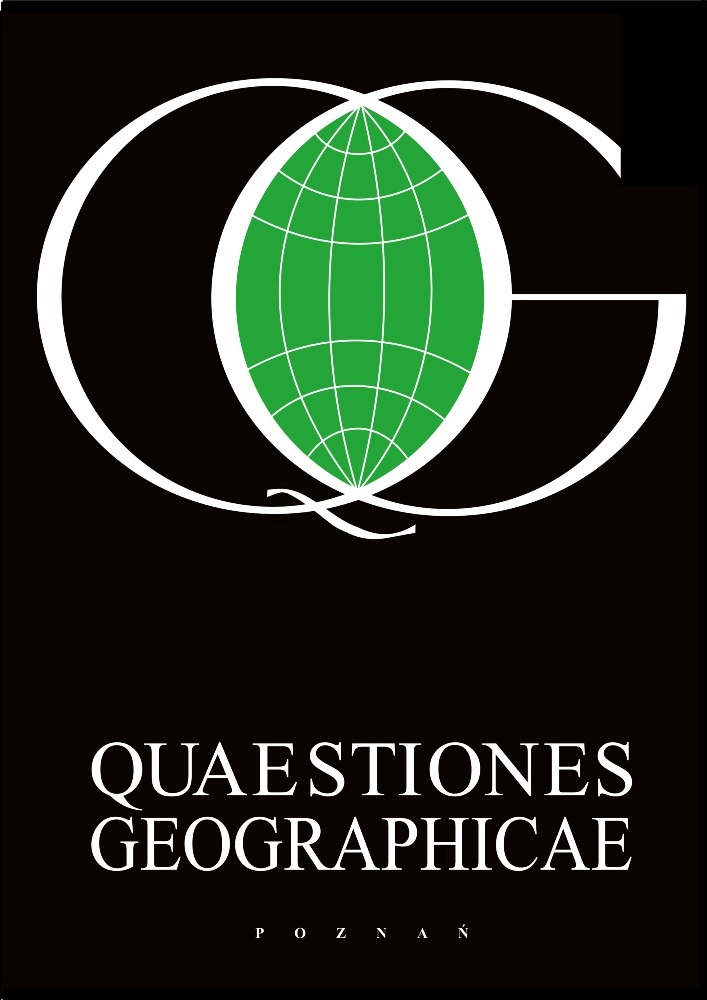Abstract
Spearman's rank correlation coefficient is a nonparametric (distribution-free) rank statistic proposed by Charles Spearman as a measure of the strength of an association between two variables. It is a measure of a monotone association that is used when the distribution of data makes Pearson's correlation coefficient undesirable or misleading. Spearman's coefficient is not a measure of the linear relationship between two variables, as some "statisticians" declare. It assesses how well an arbitrary monotonic function can describe a relationship between two variables, without making any assumptions about the frequency distribution of the variables. Unlike Pearson's product-moment correlation coefficient, it does not require the assumption that the relationship between the variables is linear, nor does it require the variables to be measured on interval scales; it can be used for variables measured at the ordinal level. The idea of the paper is to compare the values of Pearson's product-moment correlation coefficient and Spearman's rank correlation coefficient as well as their statistical significance for different sets of data (original - for Pearson's coefficient, and ranked data for Spearman's coefficient) describing regional indices of socio-economic development.
References
Anderson T.W., 1996. R.A. Fisher and multivariate analysis. Statistical Science 11 (1): 20-34.
Bravais A., 1846. Analyse mathématique sur les probabilités des erreurs de situation d'un point. Mémoires présentés par divers savants à l'Académie Royale des Sciences de l'Institut de France 9: 255-332.
Daniels H.E., 1944. The relation between measures of correlation in the universe of sample permutations. Biometrika 33 (2): 129-135.
Fisher R.A., 1915. Frequency distribution of the values of the correlation coefficient in samples from an indefinitely large population. Biometrika 10: 507-521.
Fisher R.A., 1921. On the "probable error" of a coefficient of correlation deduced from a small sample. Metron 1: 3-32.
Galton F., 1869. Hereditary genius. An inquiry into its laws and consequences. MacMillan, London.
Galton F., 1875. Statistics by intercomparison. Philosophical Magazine 49: 33-46.
Galton F., 1885. Regression towards mediocrity in hereditary stature. Journal of the Anthropological Institute 15: 246-263.
Galton F., 1877. Typical laws of heredity. Proceedings of the Royal Institution 8: 282-301.
Galton F., 1888. Co-relations and their measurement, chiefly from anthropometric data. Proceedings of the Royal Society of London 45: 135-145.
Galton F., 1890. Kinship and correlation. North American Review 150: 419-431.
Griffith D.A., 2003. Spatial autocorrelation and spatial filtering. Springer, Berlin.
Haining R., 1991. Bivariate correlation with spatial data. Geographical Analysis 23 (3): 210-227.
Kendall M.G., 1938. A new measure of rank correlation. Biometrika 30: 81-89.
Kendall M.G., 1948. Rank correlation methods. 4th ed. Griffin, London.
Pearson K., 1896. Mathematical contributions to the theory of evolution. III. Regression, heredity, and panmixia. Philosophical Transactions of the Royal Society Ser. A 187: 253-318.
Pearson K., 1900. Mathematical contributions to the theory of evolution. VII. On the correlation of characters not quantitatively measurable. Philosophical Transactions of the Royal Society Ser. A 195: 1-47.
Pearson K., 1920. Notes on the history of correlation. Biometrika 13: 25-45.
Piovani J.I., 2008. The historical construction of correlation as a conceptual and operative instrument for empirical research. Quality & Quantity 42: 757-777.
Plata S., 2006. A note on Fisher's correlation coefficient. Applied Mathematical Letters 19: 499-502.
Rodgers J.L. & Nicewander W.A., 1988. Thirteen ways to look at the correlation coefficient. The American Statistician 42 (1): 59-66.
Spearman C.E, 1904a. The proof and measurement of association between two things. American Journal of Psychology 15: 72-101.
Spearman C.E, 1904b. General intelligence, objectively determined and measured. American Journal of Psychology 15: 201-293.
Spearman C.E., 1910. Correlation calculated from faulty data. British Journal of Psychology 3: 271-295.
Stigler S.M., 1988. Francis Galton's account of the invention of correlation. Statistical Science 4 (2): 73-86.
Student, 1908. Probable error of a correlation coefficient. Biometrika 6: 302-310.
Valz P.D. & Thompson M.E., 1994. Exact inference for Kendall's S and Spearman's rho. Journal of Computational and Graphical Statistics 3: 459-472.
Walker H. M., 1928. The relation of Plana and Bravais to theory of correlation. Isis 10 (2): 466-484.
Weida F.M., 1927. On various conceptions of correlation. The Annals of Mathematics, Second Series 29 (1/4): 276-312.
Xu Weichao, Yunhe Hou, Hung Y. S. & Yuexian Zou, 2010. Comparison of Spearman's rho and Kendall's tau in normal and contaminated normal models. Manuscript submitted to IEEE Transactions on Information Theory. http://arxiv.org/PS_cache/arxiv/pdf/1011/1011.2009v1.pdf
Yule G.U., 1897a. On the significance of Bravais' formulae for regression, in the case of skew correlation. Proceedings of the Royal Society of London Ser. A 60: 477-489.
Yule G.U., 1897b. On the theory of correlation. Journal of the Royal Statistical Society Ser. A 60: 812-854.
Yule G.U., 1903. Notes on the theory of association of attributes in statistics. Biometrika 2: 121-134.
Yule G.U., 1907. On the theory of correlation for any number of variables, treated by a new system of notation. Proceedings of the Royal Society of London 79: 182-193.
License
This content is open access.
